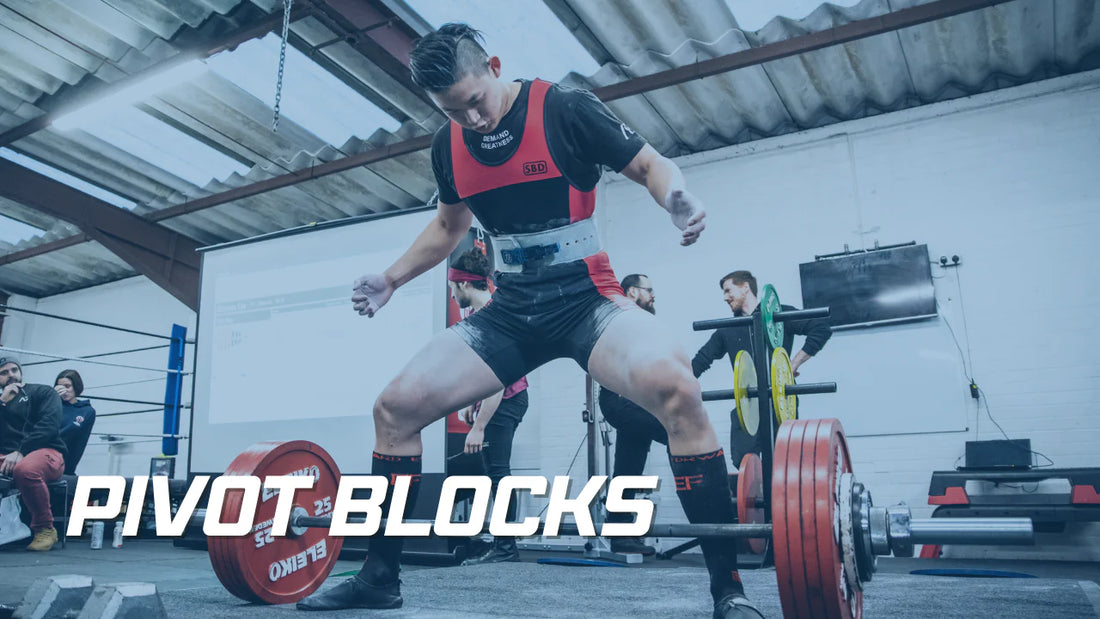
The Role of a Pivot Block in Advanced Powerlifting Programming
As you advance in powerlifting, the transition between different training phases becomes critical. Simply jumping from a high-volume hypertrophy block into a high-intensity strength block can be jarring and lead to stalled progress or injury. This is where an advanced programming concept comes in: the pivot block. A pivot block is a short, transitional phase designed to bridge the gap between different training styles, resensitizing your body to new stimuli and setting the stage for future gains. 
What is a Pivot Block?
A pivot block is a short mesocycle, typically lasting 2-4 weeks, that is inserted between two longer, more distinct training blocks. Its primary purpose is to act as a "palate cleanser" for your body.
- It is NOT a deload: While it is lower in stress than a peak block, it is still a period of productive training, unlike a true deload week.
The "Why": Resensitization and Transition
The core principle behind a pivot block is resensitization.
- Resensitizing to Volume: After a long strength block of heavy, low-rep training, your body becomes desensitized to volume as a driver of growth. A pivot block with higher reps and lower intensity can "remind" your body how to respond to volume again.
- Resensitizing to Intensity: Conversely, after a long hypertrophy block, your body is adapted to high volume. A pivot block can re-introduce heavier loads in a controlled manner, preparing your nervous system for the upcoming strength block without crushing you.
- Technical Refinement: It provides a perfect opportunity to focus on technique with moderate loads before pushing into a high-intensity phase where form is harder to maintain.
This concept of stimulus variation and resensitization is a key part of advanced programming, discussed by thought leaders in the space like Dr. Mike Israetel of Renaissance Periodization.
How to Structure a Pivot Block
The structure of a pivot block is the opposite of what you just finished.
Transitioning from Volume -> Strength
- Previous Block: High volume, low intensity (e.g., sets of 8-12).
- Pivot Block Goal: Re-introduce heavier weights and lower reps.
-
Pivot Block Structure (2-3 weeks):
- Volume: Low (e.g., 2-3 sets per exercise).
- Intensity: Moderate to high (e.g., working with sets of 3-5 in the RPE 7-8 range).
- Focus: Perfect technique with heavier loads.
Transitioning from Strength -> Volume
- Previous Block: Low volume, high intensity (e.g., sets of 1-5).
- Pivot Block Goal: Re-sensitize the body to volume and give the joints a break from heavy loading.
-
Pivot Block Structure (2-3 weeks):
- Volume: Moderate (e.g., 3-4 sets per exercise).
- Intensity: Low to moderate (e.g., working with sets of 8-10 in the RPE 6-7 range).
- Focus: Accumulating quality reps and focusing on the mind-muscle connection.
The pivot block is a high-level programming strategy that smooths the transition between different training phases. By strategically inserting a short block of opposing training style, you allow your body to resensitize to different stimuli, refine your technique, and manage fatigue more effectively. This leads to more productive and sustainable gains in the long run.








